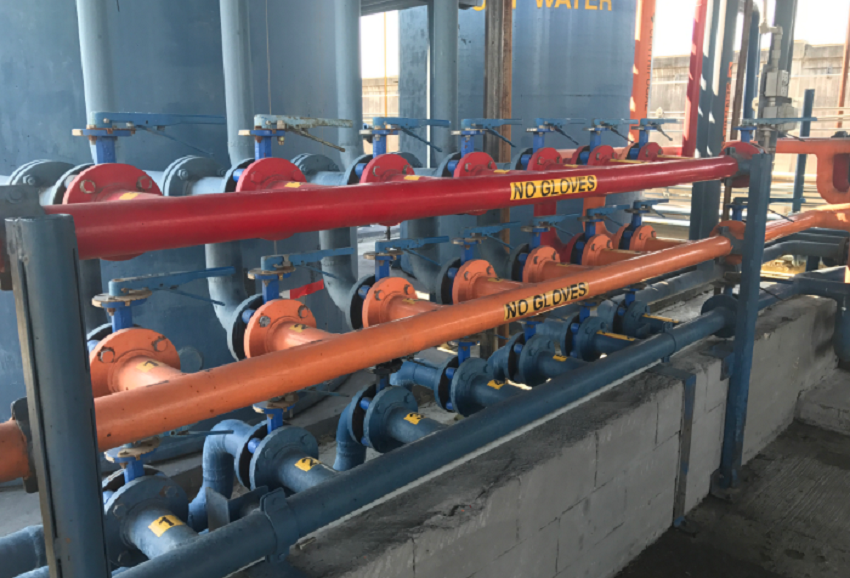Fuel Blending – Ethanol Vs. Methanol

Ethanol and methanol may sound virtually the same and look similar if you place these colourless liquids in a glass, but they are quite different in a number of ways. Knowing the differences is crucial, as incorrect use could have dangerous or even fatal consequences.
Both are variants of alcohol. Methanol consists of a single carbon atom, while ethanol is made up of two carbon atoms. Commercial ethanol is produced by the fermentation of food crops, while methanol is created from synthetic processes. They each have different characteristics and uses.
Appearance
Although both ethanol and methanol look and smell the same and are extremely volatile, if you burn ethanol it has a bright blue flame, while methanol burns as a bright white flame.
Reaction with Water
If you mixed ethanol with water, these two substances would blend to form a homogenous solution. On the other hand, methanol is soluble in water, meaning it will break down.
Uses and Effects
Ethanol is an ingredient included in alcoholic drinks that makes you feel intoxicated. It is safe to consume in small doses. However, methanol is a poisonous chemical and should never be consumed, inhaled or in contact with your skin, as it can cause blindness or even death, even in small amounts.
Aside from being used in alcoholic drinks, ethanol made from sugarcane or corn is often used as a type of fuel for use in internal combustion engines. Some cars are made to take 85% ethanol fuel blending, for example. Ethanol is also used for rocket fuels. Although ethanol fuel contains much lower energy content compared to gasoline, governments have introduced subsidies and tax incentives to promote the economics of producing ethanol as a fuel source.
Many types of cleaning products, including hand wipes and gels, also contain ethanol, as it is found to contain antiseptic properties. Ethanol is also used in perfumes and pains, as it serves as a reliable solvent.
Methanol is also used as a solvent but is mainly used to create other chemicals like formaldehyde.
Like ethanol, methanol is used as a fuel, particularly for race cars. This is because it is much less flammable than gasoline and can easily be extinguished with water.
While methanol has just half the energy content per gallon of gasoline, ethanol has two-thirds the intensity of gasoline.
Although both ethanol and methanol are useful energy sources, ethanol is much more commonly used as a motor fuel source than methanol. However, the future role of ethanol within the automobile fuel blending industry remains uncertain. Methanol in the form of MTBE added to gasoline has been vastly reduced since the 1990s, as it was discovered this could contaminate groundwater. While methanol plays only a small role in combustion fuel, it is being considered for use in experimental fuel-cell technologies.
Under close inspection, ethanol and methanol may seem similar, but they are actually vastly different. Although they have different properties, characteristics and uses, they have both been used as fuel blending sources for the automotive industry.